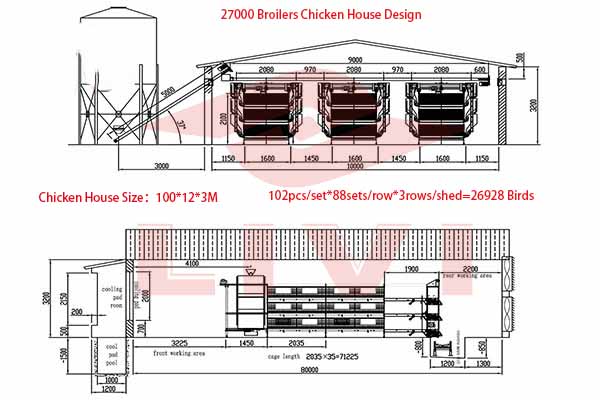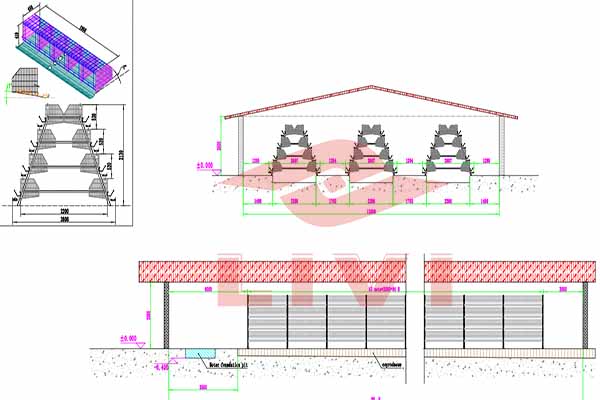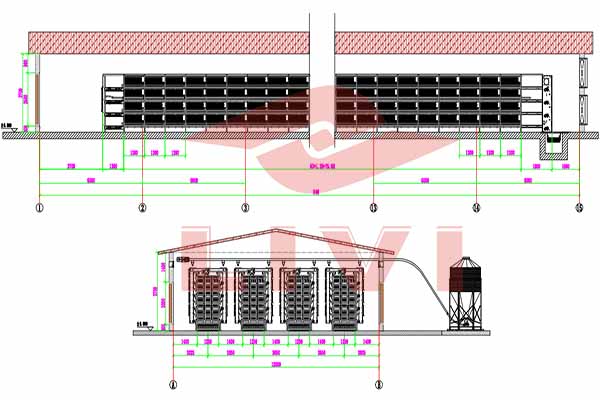Automated Caging Solutions for 60,000 Chickens in Kenya: Efficiency at Its Best
In the bustling poultry sector of Kenya, efficiency is key to maximize profit and minimize overhead. With the adoption of automated caging systems, Kenyan farmers are taking the lead in modernizing their chicken farming practices. This article delves into the benefits of automated caging for 60,000 chickens and how these systems are reshaping the industry.
Understanding Automated Caging Systems
Automated caging systems are designed to provide optimal conditions for large-scale poultry farming, ensuring the health and well-being of chickens while reducing labor costs. These systems offer features like automatic feeding, water supply, and waste management, which are crucial for managing a flock of 60,000 chickens.
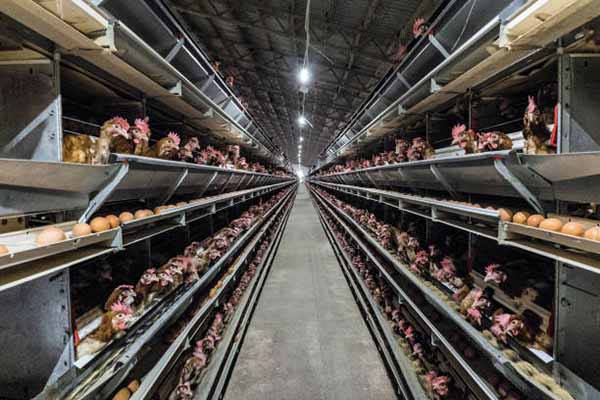
Benefits of Automated Caging for 60,000 Chickens in Kenya
- Increased Efficiency: Automated caging reduces the need for manual labor, enabling farmers to manage larger flocks more effectively.
- Healthier Chickens: Consistent feeding, temperature control, and waste removal lead to healthier birds and better production yields.
- Cost Reduction: Automated systems can cut operational costs significantly, with a payback period of just a few years.
- Environmental Friendly: The integrated waste management systems reduce the environmental footprint of the farm.
Case Study: A Farm with 60,000 Chickens in Kenya
One of Kenya’s leading poultry farms has already transitioned to automated caging. After t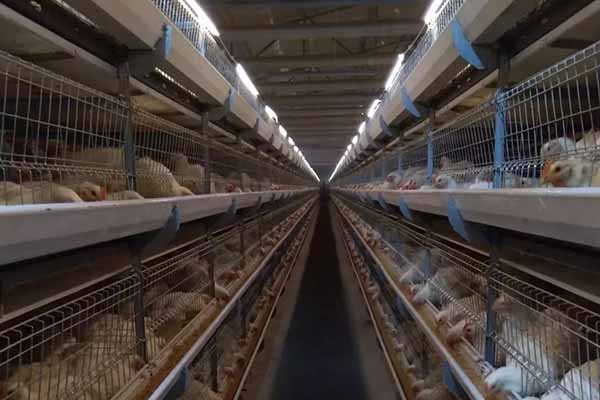 he installation of our systems, the farm experienced a 20% increase in chicken survival rates and a 15% boost in egg production. Here are the key figures:
he installation of our systems, the farm experienced a 20% increase in chicken survival rates and a 15% boost in egg production. Here are the key figures:
| Parameter | Before Installation | After Installation |
|---|---|---|
| Chicken Survival Rate | 85% | 105% |
| Egg Production | 80 eggs/day | 92 eggs/day |
| Operational Costs | ₦10,000 | ₦8,500 |
Investing in Automated Caging Systems
Investing in an automated caging system for 60,000 chickens requires careful planning and research. Consider the following factors before making your decision:
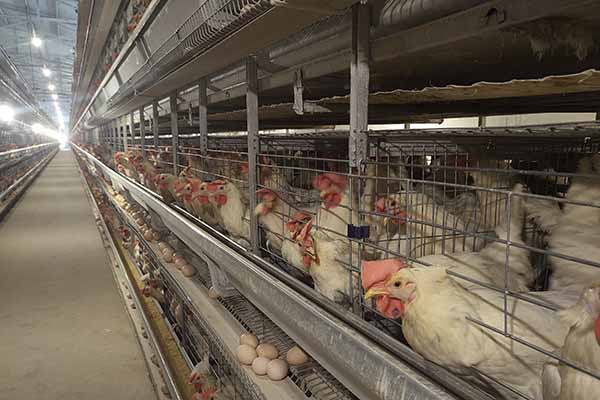
- Initial Investment: Determine the cost of the system, installation, and any necessary training.
- Operating Costs: Assess the energy consumption and maintenance requirements.
- Return on Investment (ROI): Calculate the payback period based on increased production and cost savings.
Conclusion
Automated caging systems are transforming the poultry industry in Kenya, offering benefits that can significantly improve your farm’s performance. Contact us for a free, customized design of your automated caging system and get an exclusive quote for your project. Let’s drive your farm towards the future of poultry farming!


